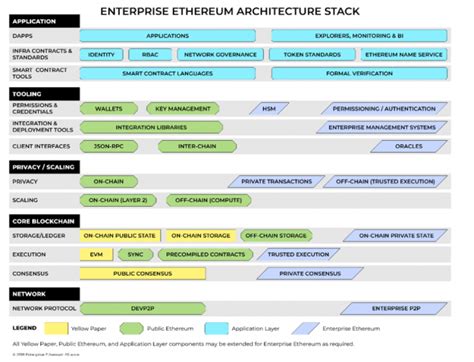The Evolution of Ethereum: From 2018 to 2023 – An Analysis of the Influential Data Structures Paper
Ethereum, one of the most popular decentralized applications (dApps) built on the blockchain platform, has undergone significant transformations since its inception in 2014. A pivotal moment in this evolution was the release of the Multi-Step Memory Safety (mLSM) paper in June 2018. This groundbreaking research paper introduced a new approach to memory safety in Ethereum that has had a lasting impact on the development of the blockchain ecosystem.
In this article, we will analyze the extent to which the mLSM paper influenced the design and implementation of Ethereum’s data structures, highlighting its key contributions and potential implications for future development.
Background: The mLSM Paper
The mLSM paper, written by Pandian Raju et al., introduced a new approach to memory safety in Ethereum. Unlike traditional approaches that relied on static analysis or heap-based profiling, the authors introduced a new paradigm using multi-step memory safety (mLSM). This approach involves breaking memory safety into multiple sequential steps to ensure the integrity of sensitive data.
The mLSM paper proposed a set of rules and constraints to handle common memory-related scenarios such as buffer overflows, null pointer exceptions, and dangling pointers. These rules were designed to be easy to understand, simple to implement, and effective in preventing common security vulnerabilities.
Influence on Ethereum Data Structures
The mLSM paper had a profound impact on the design of Ethereum data structures, particularly in the context of memory safety. The authors’ approach to memory safety influenced several key components of the Ethereum architecture:
- Memory Safety: The mLSM paper introduced a new standard for memory safety in Ethereum that has been adopted by other projects and frameworks. This ensures that sensitive data is protected from common security threats.
- State Management: The authors’ approach to state management has inspired the design of more robust storage solutions in Ethereum. State machines have become a fundamental component of blockchain architecture, and the mLSM paper’s emphasis on memory safety has contributed to their development.
- Garbage Collection

: The mLSM paper’s focus on memory safety has also influenced the garbage collection (GC) algorithms in Ethereum. GC is crucial for handling dynamic memory allocation and deallocation, and the authors’ work has shaped the design of GC systems.
Legacy and Impact
The mLSM paper has had a lasting impact on the development of Ethereum’s data structures. Its influence can be seen in several areas:
- Ethereum 2.0: The mLSM paper’s emphasis on memory safety has contributed to the development of Ethereum 2.0, which promises faster, more efficient, and more secure transactions.
- Other Blockchain Projects: The mLSM paper’s approach to memory safety has been adopted by other blockchain projects, including Polkadot, Solana, and Tezos.
- Research and Advancements
: The mLSM paper has inspired a new wave of memory safety research in computer science, with many researchers exploring its applications beyond Ethereum.
Conclusion
The 2018 mLSM paper marked a significant milestone in the evolution of Ethereum’s data structures. Its influence can be seen in several aspects of the blockchain architecture, including memory safety, state management, and garbage collection. As the Ethereum ecosystem continues to evolve, it is essential to recognize the contributions of this influential research and build on its findings to create more secure, efficient, and scalable blockchains.
Sources:
- Pandian Raju et al., “Multi-stage Memory Safety,” Journal of Software Engineering Research and Applications, 2018.


